These History Experiences Will Expand Your Knowledge of the Ancient World
The most fascinating facts you never knew about Stonehenge
Over the centuries, Stonehenge has captured the curiosity of scholars and mystics alike. This prehistoric stone monument holds a supernatural mystique, somewhat due to the sheer implausibility of its construction, especially with the technology available at the time. This mysterious history, paired with its astronomical significance, has made this enigmatic landmark an important site for spiritualists, especially the druid culture in Western England. While there’s still so much we don’t know about Stonehenge, get ready to dive into the fascinating facts that we do know: from the incredible engineering of the stones to the acoustic quality of the original site.
See Stonehenge up close and personal on Elegance of Great Britain
Stonehenge took over a thousand years to build
Let’s start at the beginning. Stonehenge is thought to have been built 5000 years ago, making older than the pyramids of Egypt. Archaeologists think that construction started around 3,000 BCE, during the late Neolithic Age. It took a whole 1,300 years to build, initially starting as a circular ditch and bank and then evolving over centuries, with the massive stones added over time.
The mysterious megaliths weigh up to 30 tons
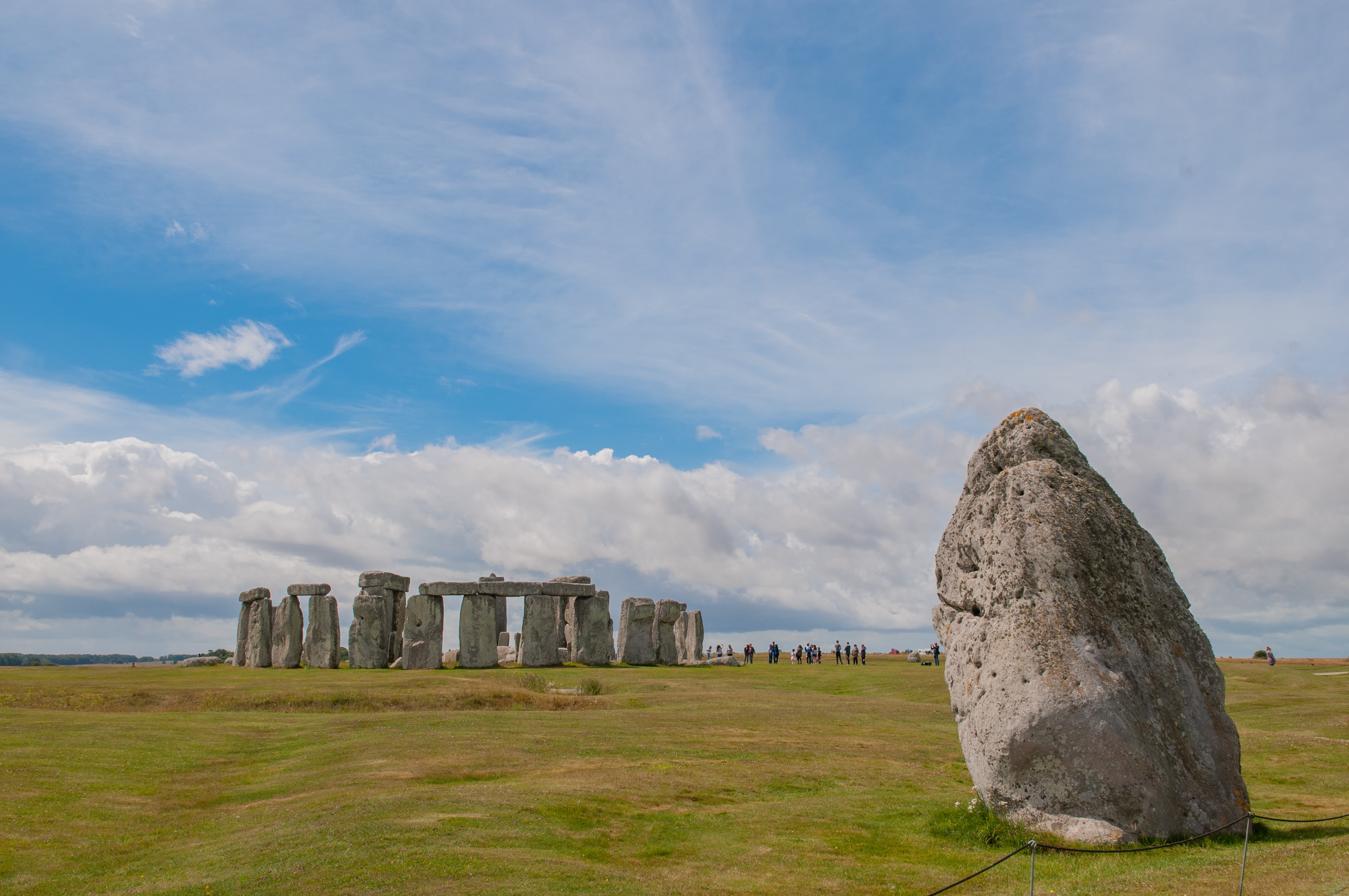
The enormous stones that make up Stonehenge, known as megaliths, weigh an average of 25 tons each. The heaviest – the Heel Stone, stands in isolation to the main circle, and weighs an incredible 30 tons. These huge stones, called sarsens, are accompanied by smaller bluestones, which weigh around 4 tons each. Neither are local to the area, with the sarsens coming from a quarry 20 miles away and the bluestones an massive 180 miles away. The notion that the rocks were transported from so far away is equally as impressive (and baffling) as the monument’s construction itself.
No-one knows (exactly) how it was built
Stonehenge displays incredible feats of engineering
One of Stonehenge’s most curious features the placement of the enormous lintels on top of supporting sarsens. These are the horizontal rocks you see lying on top of two supporting megaliths, which together make an arch. Researchers have found hollow holes (mortises) burrowed into the horizontal lintels, and protrusions (tenons) carved into the two supporting slabs, which would fit together to secure the construction. As well as this, the lintels are remarkably level, suggesting they were specifically measured, carved, and placed to be so. Such techniques, typically only used in carpentry, are incredibly impressive for a Neolithic civilization.
You may also like: Gardening enthusiasts, here’s why visiting the Chelsea flower show is an absolute must
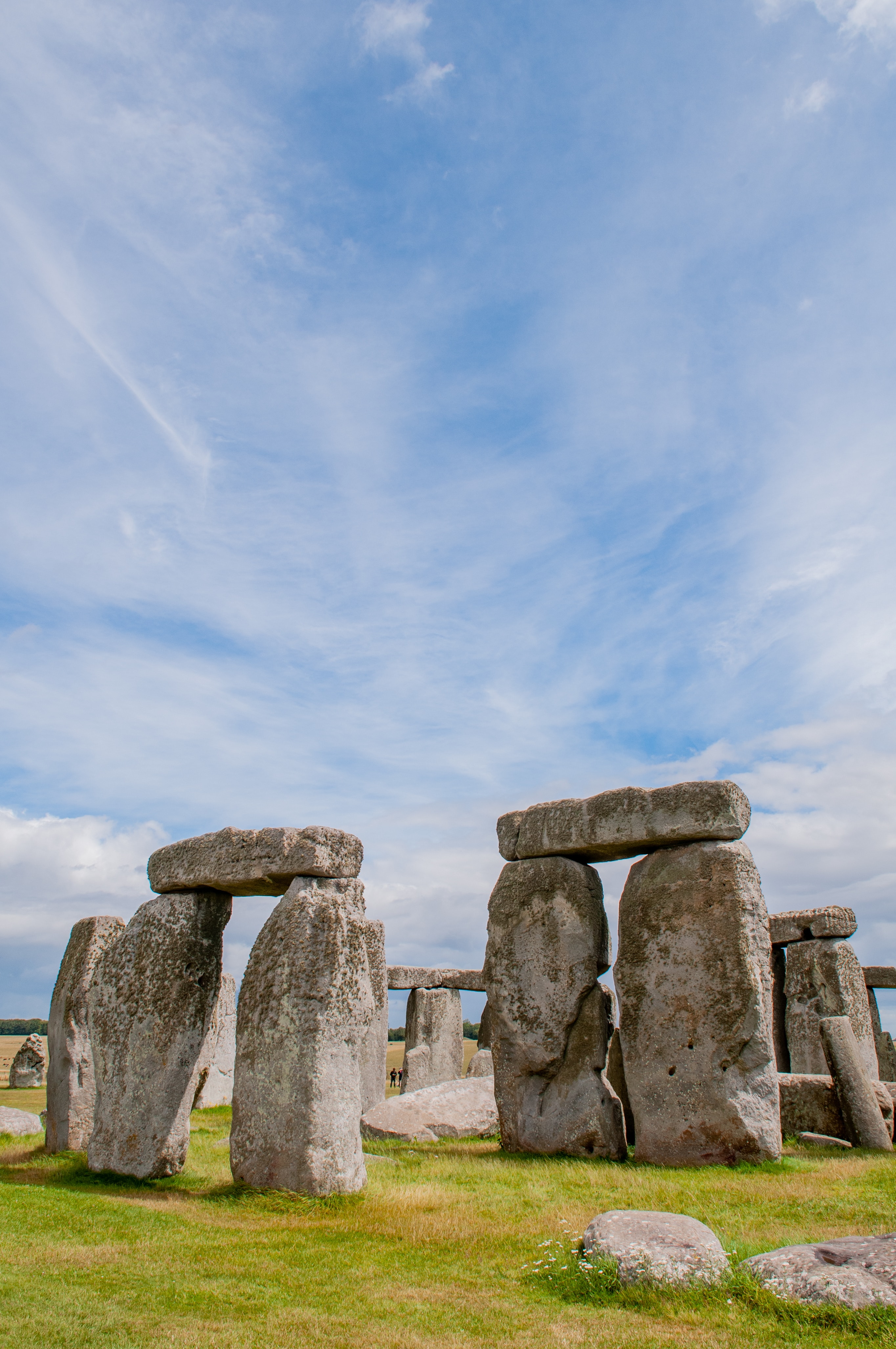
Stonehenge was a sacred burial site
The original site had incredible acoustic qualities
The monument was built to align with the solstice
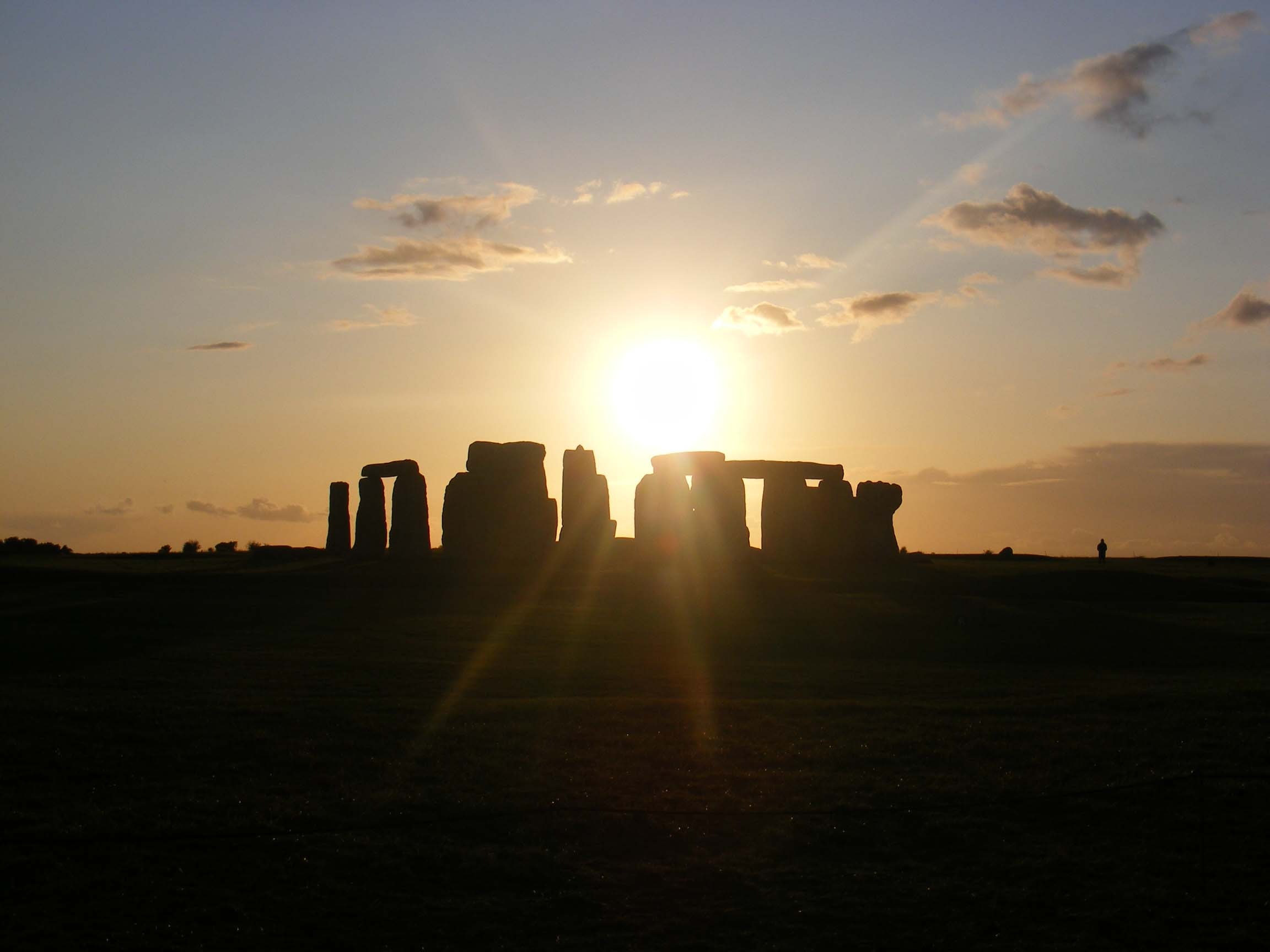
Stonehenge’s astronomical alignment remains one of its most remarkable features. During the summer solstice, the sun rises precisely over the Heel Stone and casts its rays into the center of the stone circle. And on the winter solstice, the sun sets in the exact same place. This suggests that our Neolithic ancestors built Stonehenge as a celestial observatory or a calendar. While nothing is confirmed, there are more theories about how the rest of the stones may have been positioned to align as an astronomical calandar.
This celestial significance has survived throughout the years. Today, thousands flock to Stonehenge to celebrate summer and winter solstice events. Many see it as a pilgrimage, and come to perform rituals, sing songs and dance together all night until the sunrise.
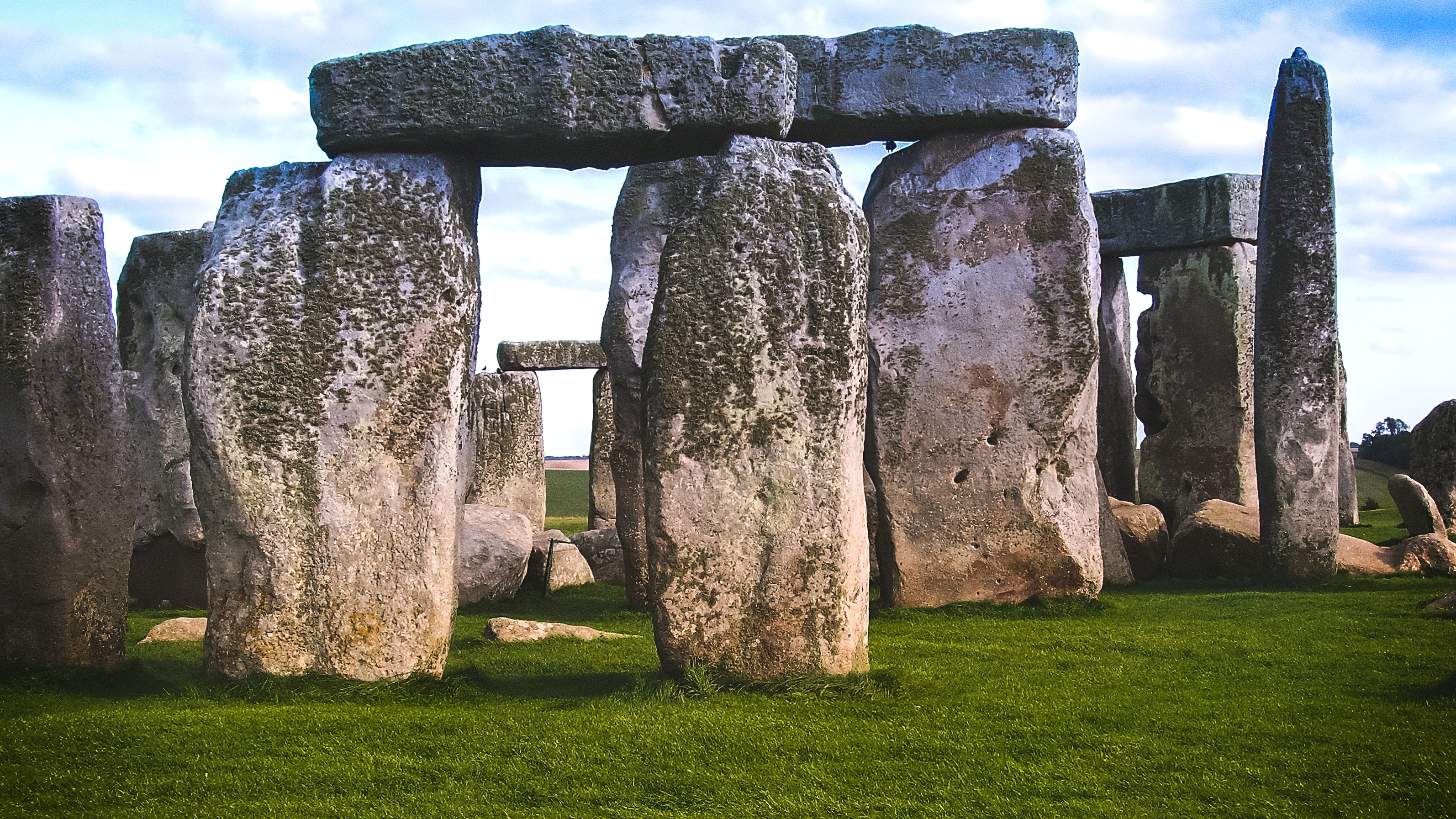
Stonehenge is older than the written word
Stonehenge was built long before humans invented written language. That means we have no ancient texts or inscriptions to explain why it was constructed or by whom. Everything we know about the site comes from studying the earth around it and the work of the Neolithic people who shaped it. Without a written record, archaeologists rely on radiocarbon dating and artefact analysis to reconstruct the story. It’s one of the reasons this ancient marvel continues to baffle and inspire even today.
Save up to $3,000* per couple on your first Premium Tour
Plus receive latest offers, travel inspiration, and discover how your travels will make a positive impact. Together, WE MAKE TRAVEL MATTER®. Subscribe NowThe stones ‘sing’ when struck
The bluestones of Stonehenge are more than just visually striking—they also have unusual acoustic properties. When struck, they ring out like bells, which has led researchers to believe sound may have played a role in rituals performed here. These very stones were transported over 150 miles from the Preseli Hills in Wales, an extraordinary feat for Neolithic people without wheels or beasts of burden. This long-distance move has prompted speculation that the stones were sacred, or even believed to possess healing powers. Their inclusion remains one of Stonehenge’s greatest mysteries.
Animals once gathered here too
It is speculated that the humans who built Stonehenge (if it is man-made and not magic, after all) most likely lived at nearby Durrington Walls, a major Neolithic settlement. Evidence from this settlement shows that people traveled great distances to bring livestock to the site, and that the Neolithic builders of Stonehenge feasted heartily. Huge quantities of animal bones were found, particularly from pigs, suggesting communal meals took place during construction. These meals may have marked important events or festivals connected to the building process. What’s more, isotope analysis shows the animals were brought from across the British Isles, reinforcing Stonehenge’s importance as a unifying ritual site. Feasting, it seems, was as central to Stonehenge as the stones themselves.
There are many stonehenges
Stonehenge is the most famous, but it’s far from the only henge monument in Britain. The term “henge” refers to a circular bank and ditch structure, many of which exist across the UK. Avebury, another UNESCO World Heritage Site located just 25 miles away, is actually larger than Stonehenge and also features standing stones. These sites likely served different ceremonial or astronomical purposes during the Neolithic and Bronze Ages. While Stonehenge gets the spotlight, it’s part of a much wider network of ancient sacred spaces.
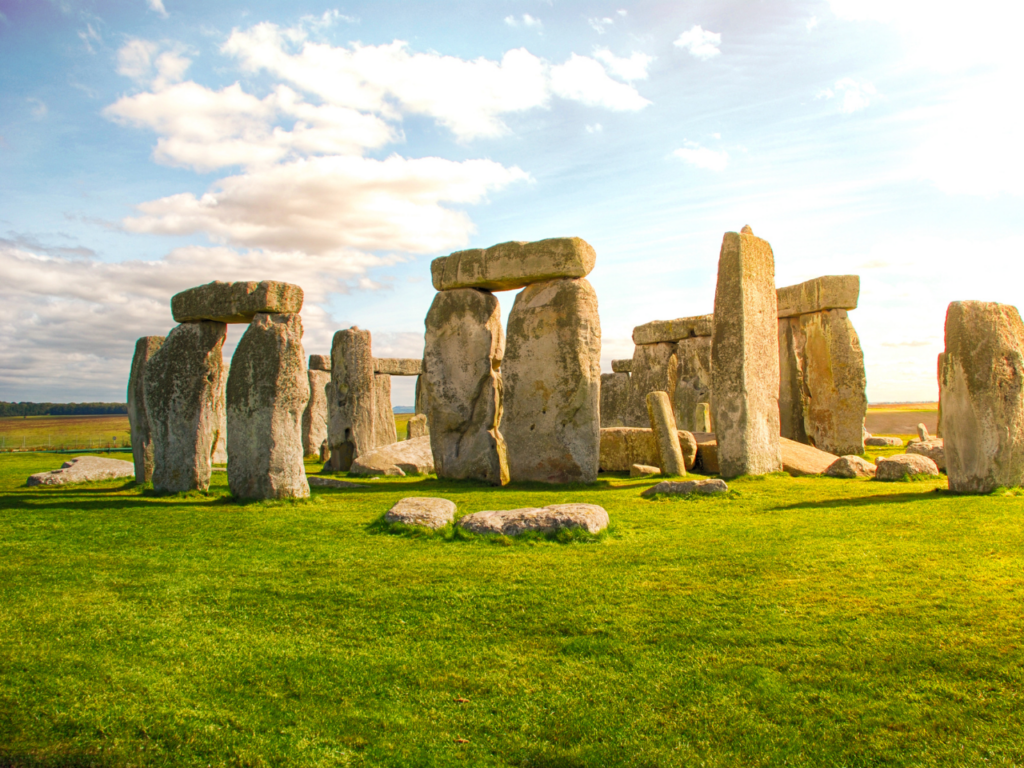
Stonehenge is part of a much larger complex
What we now call “Stonehenge” is only one part of a much broader prehistoric landscape. The surrounding area includes hundreds of burial mounds, mysterious pits, and ceremonial pathways like the Avenue, which connects the site to the River Avon. This network also includes nearby Woodhenge and Durrington Walls, forming a complex that stretched across several miles. It suggests that Stonehenge wasn’t an isolated monument, but a central part of a far-reaching ceremonial and funerary landscape. Together, they form one of the most studied Neolithic zones in the world.
It was once a full circle
Today, Stonehenge appears as a partially ruined monument, but it was originally a complete circle of standing stones and sarsen lintels. Over the centuries, some of the stones fell due to weather or erosion, while others were taken for use in building projects. A few were even deliberately knocked down in later historical periods. Early photographs and archaeological reconstructions have helped researchers piece together the original layout. These missing elements only add to the sense of mystery surrounding this ancient engineering feat.
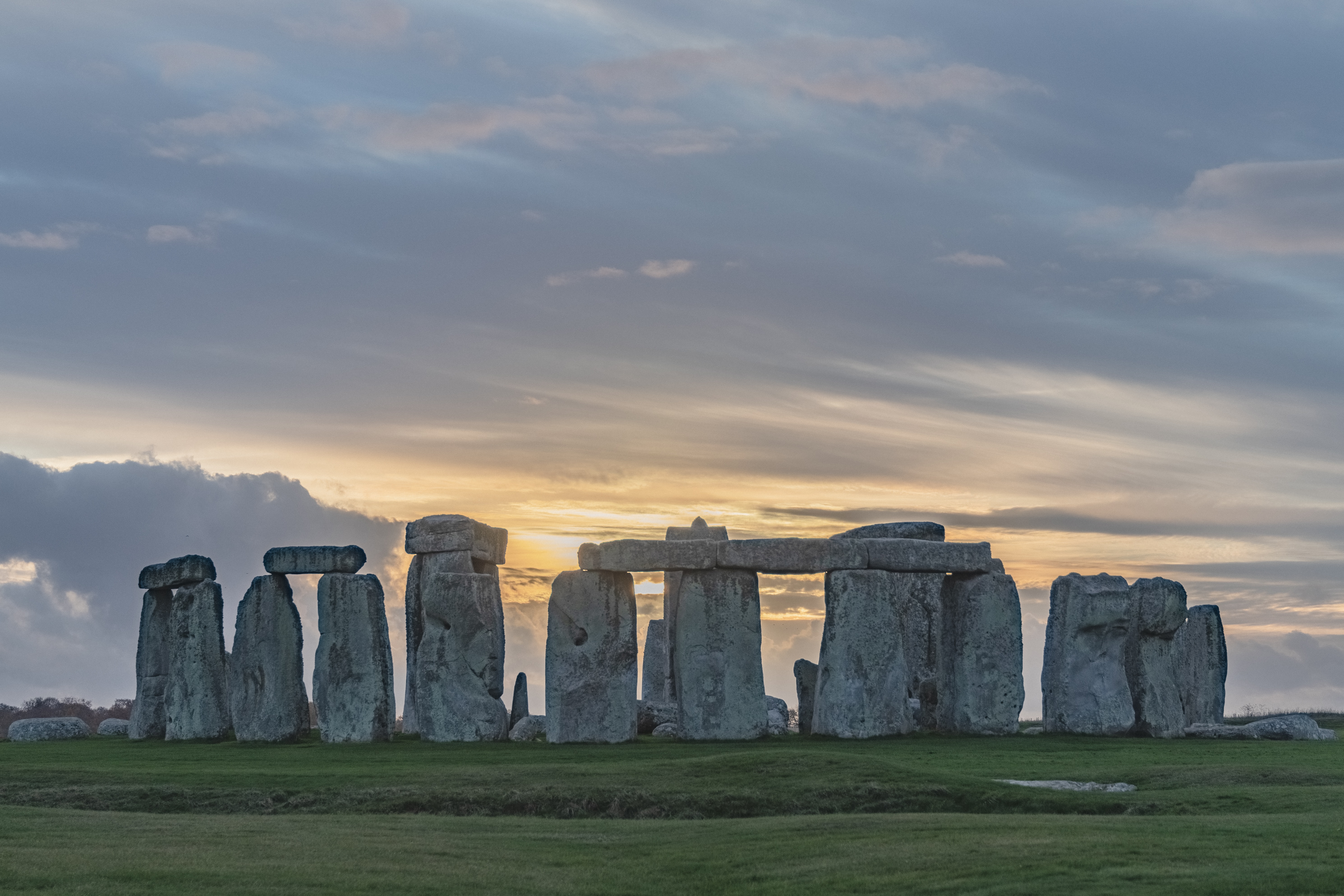
Stonehenge was never fully completed
Despite its grandeur, some experts believe Stonehenge may have been abandoned before it was finished. Gaps in the stone circle and incomplete alignments suggest the original plan was never fully realized. Reasons for this could range from societal collapse to changes in religious beliefs. Evidence also shows that activity at the site declined around the beginning of the Bronze Ages, which may indicate a shift in cultural priorities. The unfinished elements lend a haunting beauty to the monument’s enduring mystery.
It was a place for the dead, not the living
Though gatherings occurred here, some archaeologists suggest Stonehenge was primarily a place of the dead. Excavations uncovered large numbers of cremated remains buried around the site—more than any other Neolithic location in Britain. These remains, often found near significant stones, suggest ancestral worship was a key part of its function. The alignment with the winter solstice sunset, a symbolic time of death and rebirth, supports this theory. Stonehenge may have served as a monument to those who passed into the next world.
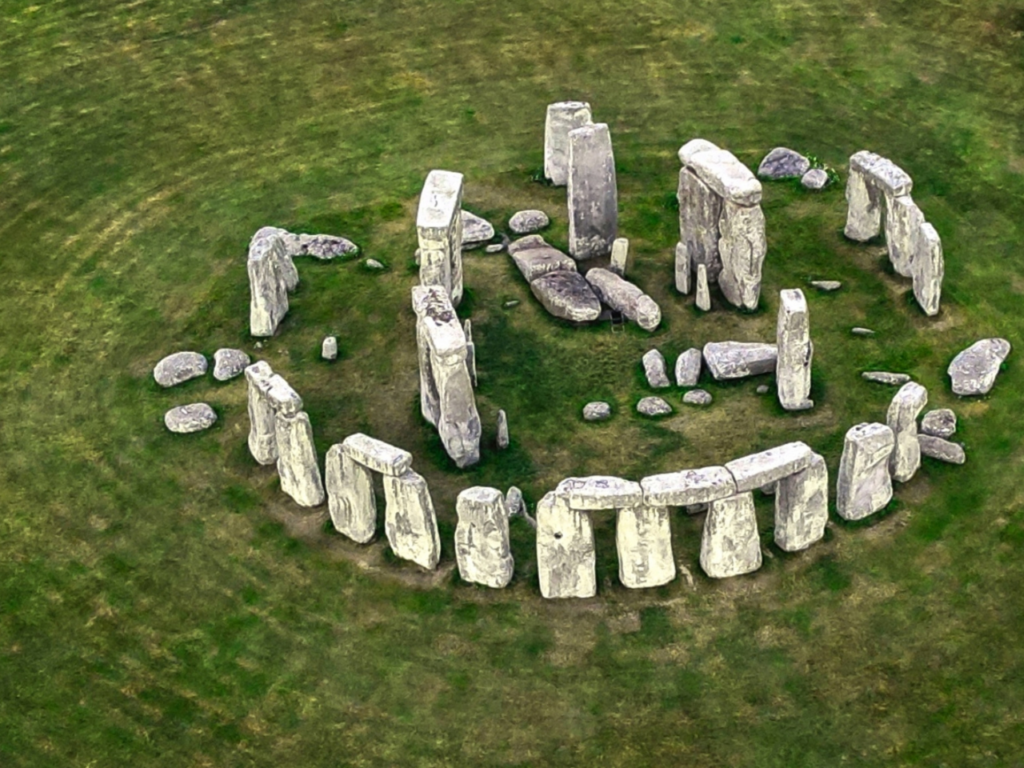
The stones may have held spiritual powers
The materials used to build Stonehenge weren’t just chosen for convenience. The sarsen stones and bluestones may have held spiritual or symbolic meaning for Neolithic people. Some believe the bluestones were chosen for their supposed healing properties, while the towering sarsen stones created a space of awe and reverence. The mere act of moving these stones from distant locations would have taken considerable effort, suggesting each held deep significance. This theory reinforces the idea of Stonehenge as more than just a monument—it was a sacred site of immense power.
Stonehenge attracted early tourists – including Charles Darwin
Stonehenge has been a point of fascination for centuries. In the 19th century, none other than Charles Darwin visited the site as part of his studies. He even dug small holes to study the effects of earthworms on buried stones. His observations contributed to early ideas about how landscapes—and even Stonehenge itself—change over time. This curiosity from great thinkers underscores the site’s lasting importance to science and history alike. Long before mass tourism, Stonehenge was already inspiring minds.
The area was used for military purposes in WWI and WWII
During both World Wars, the Salisbury Plain surrounding Stonehenge was used for military training. Troops marched past the stones, and nearby airfields were built for wartime operations. Remarkably, the ancient standing stones endured through this turbulent period with minimal damage. Today, efforts have been made to preserve and protect the area from further disturbance. The monument has literally stood the test of time, surviving everything from ancient weathering to 20th-century warfare.
Stonehenge may have functioned as a giant calendar
Some researchers believe that Stonehenge served as a sophisticated solar calendar. The layout of the sarsen stones may represent a 365.25-day year, closely matching our modern Gregorian calendar. Alignments with solstices and lunar cycles suggest Neolithic people had advanced knowledge of astronomy. This would have been crucial for agricultural societies that depended on the changing seasons. If true, Stonehenge was not just a place of worship—it was a timekeeping device etched in stone.
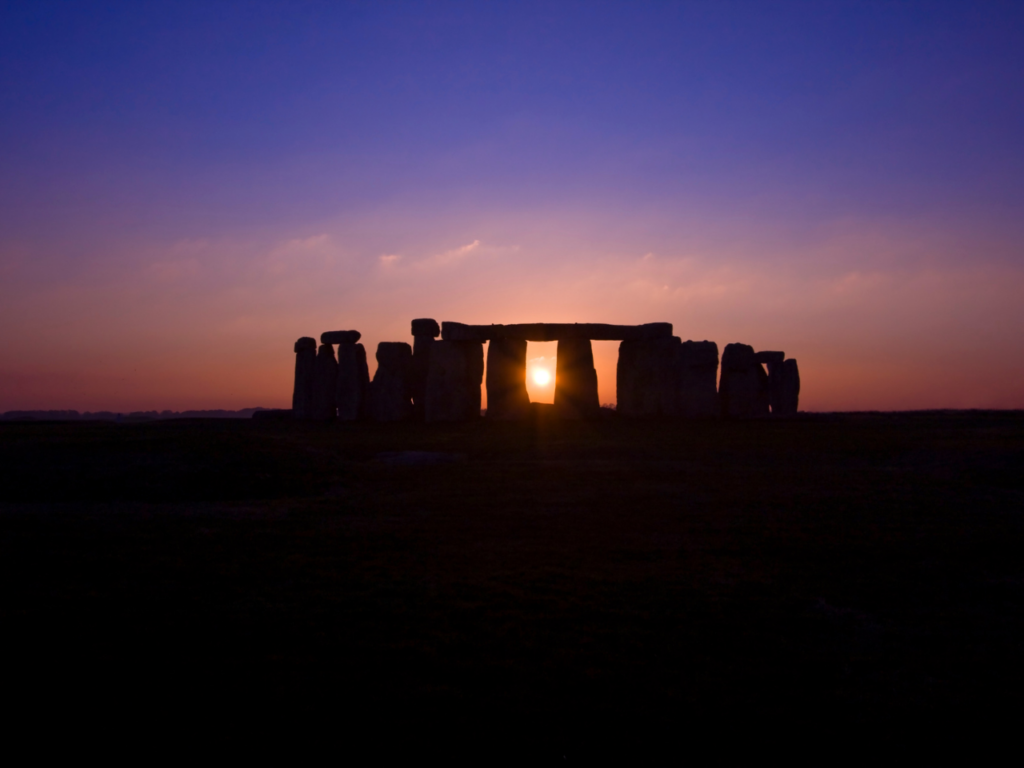
Stonehenge remains an enigmatic symbol of human ingenuity and ancient craftsmanship. As we uncover more about its history, these fascinating facts only deepen our sense of wonder and admiration for this extraordinary, UNESCO-listed monument. We here at Insight Vacations are continuously captivated by its curious allure, which is why you can visit Stonehenge on many of our UK and Ireland tours, including Elegance of Great Britain. We recommend you experience Stonehenge in person to truly feel the mystique of this amazing place, which reminds us of the mysteries that lie within our ancient past.
LIKED THIS POST? SHARE WITH YOUR COMMUNITY



